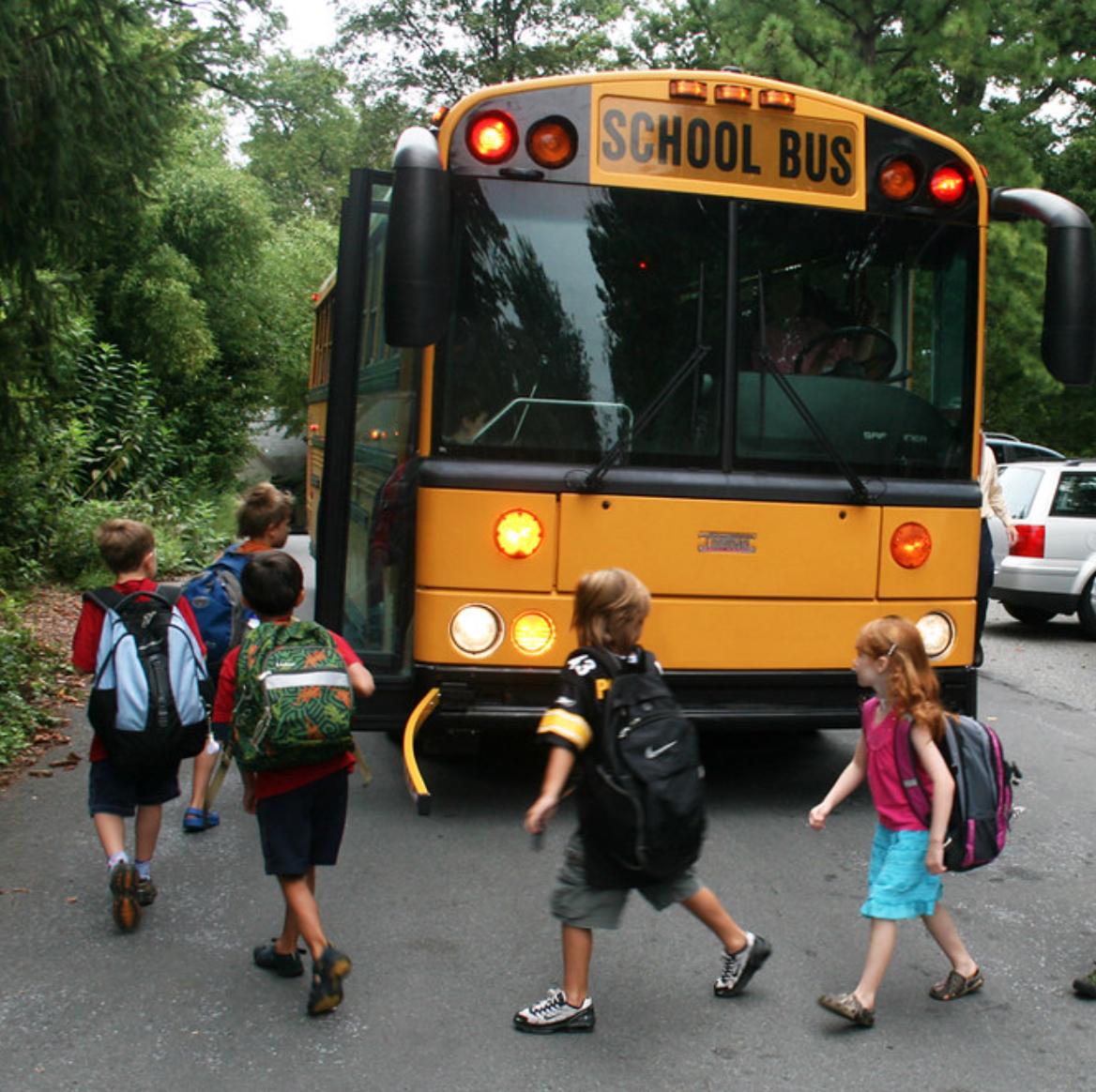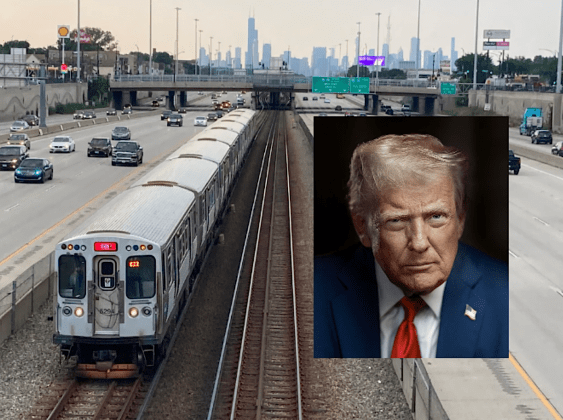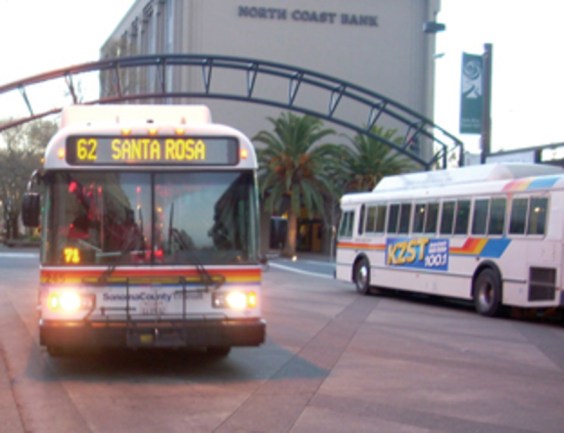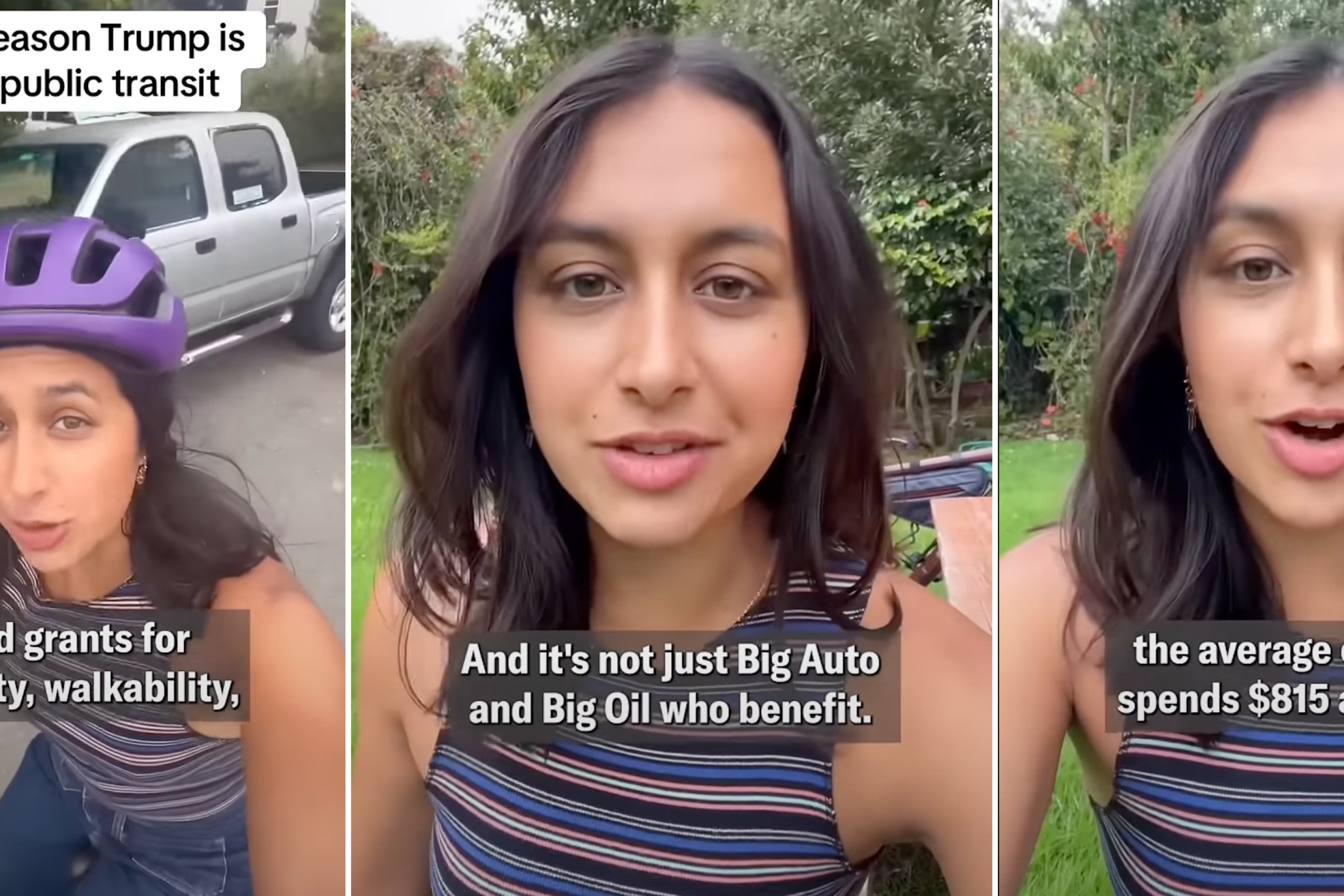Phineas Baxandall is a senior analyst at the U.S. Public Interest Research Group.
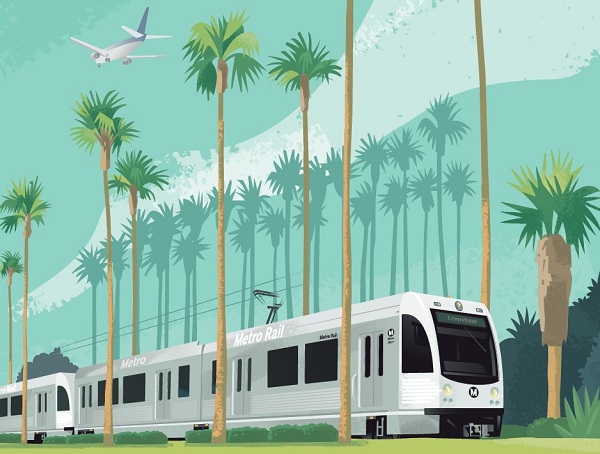
Last week, Transportation Secretary Ray LaHood touted his department’s $545.9 million TIFIA loan to construct Los Angeles’ 8.5-mile light rail transit line along the Crenshaw corridor as “just one example of how DOT’s TIFIA credit assistance program extends the value of America's transportation dollar.”
But will public transit financing really be the future of the Transportation Infrastructure Finance Innovation Act (TIFIA) loan program?
TIFIA has been politically popular partly because people see their own hopes reflected in its broad mandate to provide “innovative” financing through low-interest loans and lines of credit for transportation. Both chambers of Congress offered major increases to TIFIA, while virtually every other program in the last transportation bill saw cuts or level funding. From $122 million for the program last year, the new transportation law provides $750 million this year and $1 billion the next. Groups that had urged the elimination of dedicated federal funding for transit cheered TIFIA’s expansion, while Senate EPW Committee Chair Barbara Boxer triumphantly declared that TIFIA would leverage $50 billion in transportation finance and bring salvation for Los Angeles’s larger regional transit plans. Many transit advocates and metropolitan planning organizations point to the new money as evidence that their long-fought efforts to improve the otherwise uninspiring transportation law weren’t in vain.
There’s reason to be skeptical and also reason for hope. Past TIFIA financing went mainly to highways and private toll roads. New first-come-first-serve rules make it even less likely that future TIFIA assistance will reach non-highway projects, but other rule changes expand the kinds of transit projects eligible under TIFIA.
Five questions will determine what kind of program TIFIA becomes, and five recommendations can help build a better TIFIA. First, the questions...
- Will the backlog of highway proposals get a head start?TIFIA’s old criteria included sustainability and livability, but the new law rewards speedy applications as long as they are complete and eligible. The legislation makes it easier for transit and other multimodal projects to become eligible, but money may not be available once they apply.The first letters of interest received by TIFIA this summer lacked even a single transit, bike, or pedestrian proposal -- and they “could just about tap out TIFIA’s FY2013 budget authority,” according to the Public Works Financing Newsletter. The first letter received was another "bridge to nowhere" proposal for Alaska, followed mostly by Texas highways that probably couldn’t have cut the mustard under the previous, more stringent TIFIA selection criteria.A first-come-first-serve application process favors toll road proposals, like those from Texas, that have been shopped around for years in different forms. It’s not clear how much selection criteria will be imposed between submitting letters of inquiry and being invited to submit an application. But transit projects will face a more complicated and untested process, as well as the need to coordinate with the government entities whose sales, property or other taxes will be used to pay back the loans. TIFIA’s acronym may come to mean Tolling Is Faster In Applications.The existing backlog of 12 TIFIA projects amounts to $3.71 billion and there are tens of billions of other highway projects with private financing expected to be proposed in 2012. How quickly these off-the-shelf highway proposals get deemed eligible to apply for TIFIA will largely determine the financing available for transit.
- How will TIFIA’s emphasis on private finance affect the prospects for transit?A Government Accountability Office (GAO) study this summer observedthat TIFIA has heavily tilted toward “large, high-cost highway projects.”“As of April 2012,” it said, “DOT has provided nearly $9.1 billion in credit assistance through 26 loans and one loan guarantee. By mode, there are 17 highway, 5 transit, and 4 intermodal projects.”A closer look at the GAO data shows an even stronger highway slant. In 2010 and 2011, transit received only 16.6 percent of TIFIA assistance and most of this money was for short-term loans that were quickly retired.It’s not hard to see how private investors would view toll roads as more likely to generate profit. Projects with indirect costs borne largely by society may have a leg up compared to those that require subsidies.
- Will TIFIA be a complement or substitute for public funding?TIFIA’s much-touted ability to multiply its impact by leveraging financing through “public-private partnerships” (PPPs) can be greatly overstated. Almost every ordinary transportation investment also leverages private-sector financing through the municipal and state bond market, the world's most efficient public-private partnership for transportation finance. To the extent that private investment flows to PPP projects instead of traditional public bonds, no additional money is generated. Instead the impact will only be to increase borrowing costs for the non-TIFIA portion of the investment and to reduce public controlof transportation policy.The largest highway PPPs allow private investors to keep tolls they collect on the road they build for many decades. Transportation outcomes are achieved without spending tax dollars, but user fees nonetheless tap the public’s limited willingness to pay for transportation.However, the trend in highway PPPs has moved dramatically away from toll concessions and toward government payments promised in exchange for making a toll road or other facility available to the public. The private operator finances projects by borrowing against future “availability payments,” much the way a government would issue bonds (though at far higher interest rates). Availability concessions are a viable option for transit and they generate up-front transportation funds, but they also impose a future government liability because government outlays, rather than user fees, are expected to repay the loan. The net effect of TIFIA funding will depend partly on how it displaces other money for investors, voters, and public agencies.
- Will TIFIA recognize the trend toward reduced driving?Availability payment concessions became favored by private toll road investors because they recognize the risk that the volume of drivers won’t steadily increase. A variety of factors have caused a reduction in volume of vehicle miles per-capita since 2004 and young drivers are leading the trend.The TIFIA-financed South Bay Express in San Diego went belly-up after traffic increases failed to materialize. Traffic forecasts at other toll roads have typically failed to meet predictions. Toll road concessions are ultimately backed by expectations of future traffic increases and typically last fifty years or more. Private investors don’t want to place long-term bets on an uncertain source of revenue. TIFIA will likely recoup most of its loan to the South Bay Expressway only because the troubled roadway was bailed out by the San Diego Association of Governments.By stripping other selection criteria from the TIFIA process, creditworthinessbecomes the most important factor determining which applications move forward. New TIFIA rules help transit by allowing local and state governments to use sales taxes and other unrelated revenues to secure their loans. Most governments are a good credit risk because, compared to private entities, they almost never go bankrupt and take better care of their creditors when they do.Will rating agencies and TIFIA officials become skeptical of rosy traffic projections for proposed toll roads? If so, fewer highway proposals will be deemed creditworthy and more transit projects may have a chance to receive financing.
- Will TIFIA’s new rules stir mayors and governors to pursue transit?TIFIA's most important boost for transit might be psychological and political. At present, governors or mayors are discouraged from investing their time and reputation on pushing for transit because “federal rules remain stacked against transit, and funding highway projects is far easier” (as a classic Brookings paper concludes). Federal funding programs for transit such as New Starts are slow, underfunded and unable to finance a set of separate projects as part of a regional plan.At least in theory, the new TIFIA eligibility rules can change that. Not only are transit projects eligible for large pools of financing; elected officials can also appeal to a wider swath of voters by pursuing a suite of projects across an entire region. Just having a plausible narrative for how transit can receive funding means a lot for mobilizing coalitions, political leaders and voters. More Los Angelenos may vote for ballot measure J, for instance, because they know that extending sales taxes for transit can leverage federal funds for bold regional expansion.
Clearly, much remains unresolved about the how TIFIA will work and what it will accomplish. Five measures would help ensure that a bigger TIFIA is also a better program:
- Reintroduce selection criteria: When Congress multiplies the size of a program, it should not strip away mechanisms to ensure the money is well targeted. TIFIA loans should consider sustainability, safety, and community livability, with an explicit focus on whether projects will increase or decrease America’s dependence on oil.
- Be skeptical of toll road traffic studies: Forecasts should incorporate the dramatic reductions in driving that have taken place since 2004.
- Consider indirect effects of tolling: TIFIA should consider whether tolls will divert trucks and other traffic onto local roads where they can cause traffic congestion and health problems. TIFIA should also recognize the benefits of variable tolling or waiving tolls for high-occupancy vehicles. Likewise, the program should consider the cost to the Treasury from special tax breaks that allow private investors to write off the depreciation of toll roads much faster than they actually degrade. The original Senate version of MAP-21 included a provision to eliminate that subsidy.
- Retool to recognize innovative public-sector financing: TIFIA must not be prejudiced toward any particular mode of transportation or source of financing. The program must ramp up its ability to evaluate non-highway forms of revenue such as sales taxes and real estate value capture. It may make more sense to relocate TIFIA within the Office of the Secretary alongside the TIGER program, rather than have it remain within the Federal Highway Administration. Now that “private participation” is no longer an official selection criterion, TIFIA can more easily give equal consideration to innovative public financial arrangements.
- Open the books: When letters of interest or applications are submitted to TIFIA, they should be promptly posted on the U.S. DOT website.


